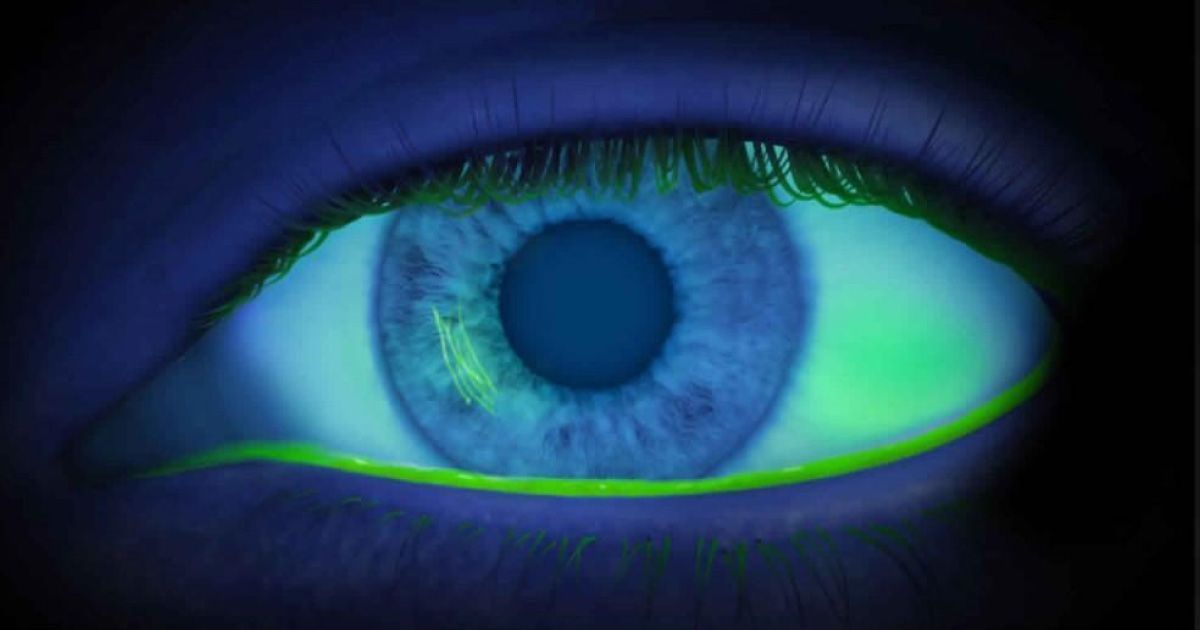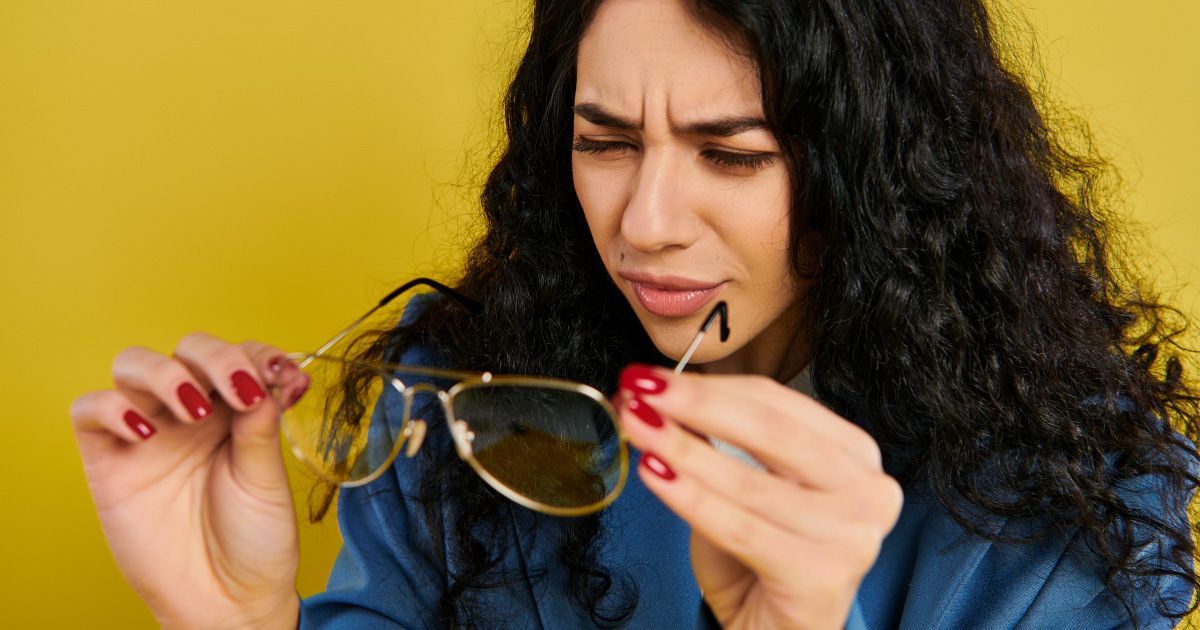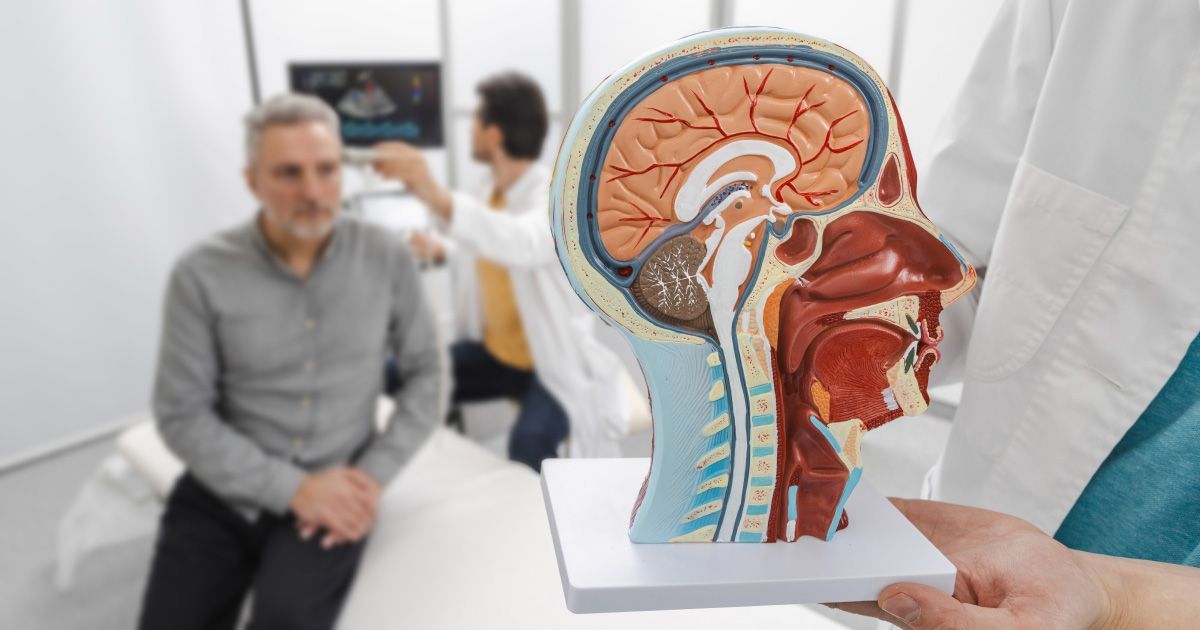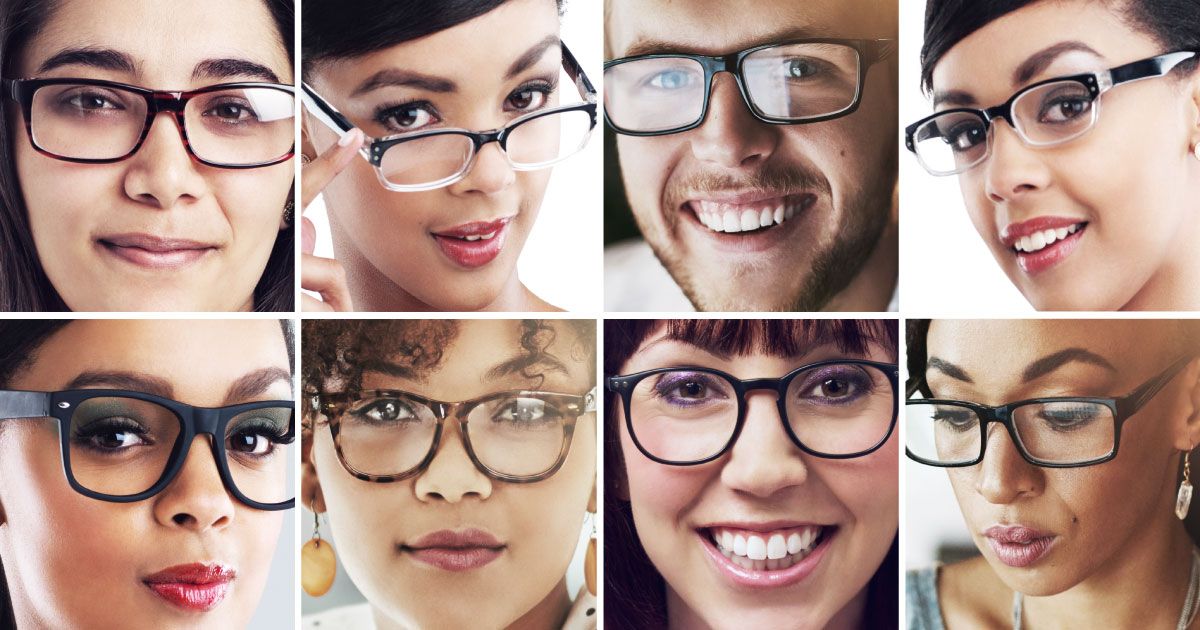Eye-Opening Facts about Age-Related Macular Degeneration - Are You at Risk?
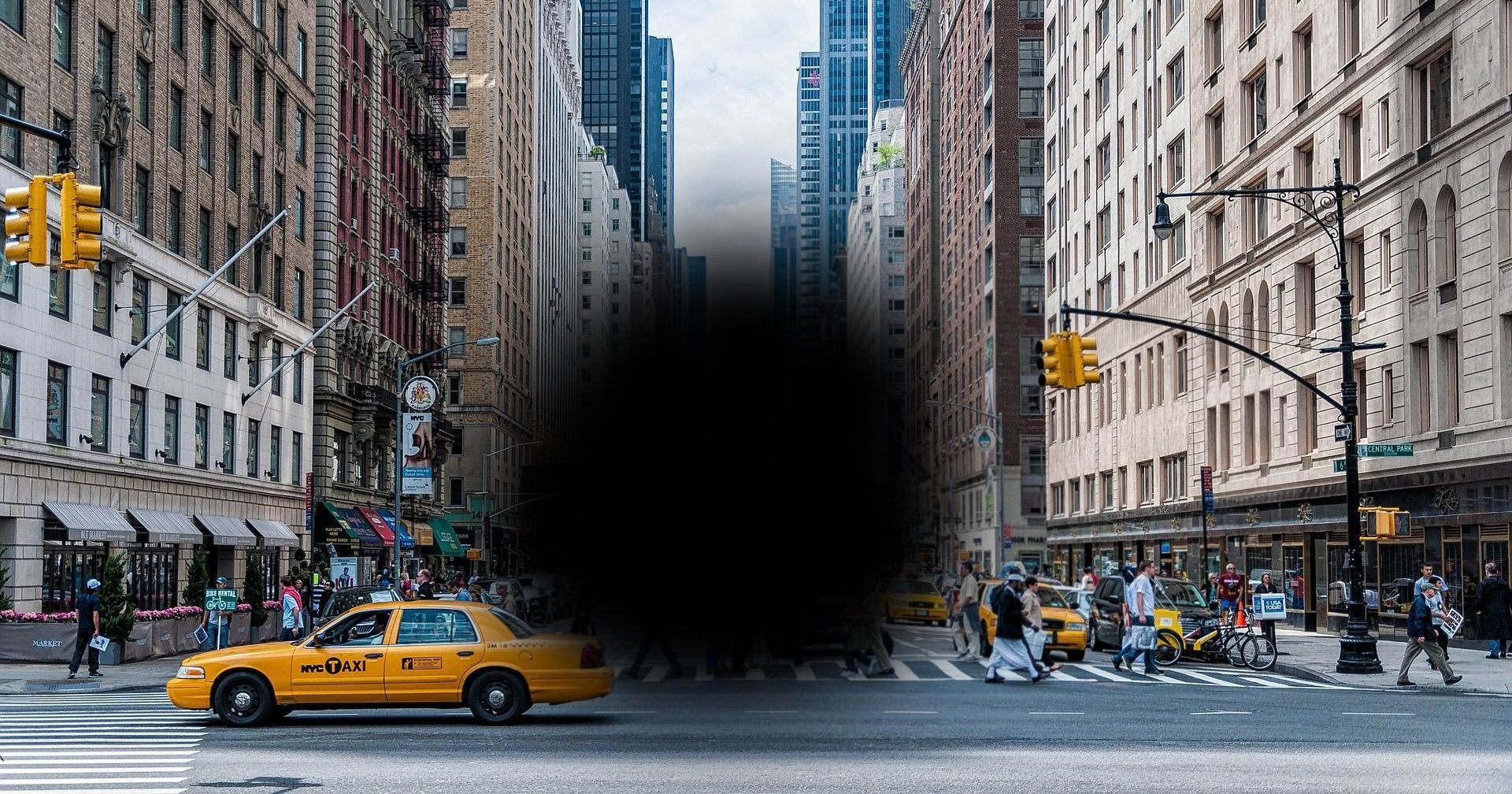
Read time: 4 minutes
The 411 on Age-Related Macular Degeneration
You might be asking what is Age-Related Macular Degeneration? We’re glad you asked. Age-related macular degeneration (AMD) is a degenerative condition that affects the macula, the central part of the retina. The health of your macula is pretty important as it helps us perform any visual task that requires us to see fine detail.
More than 11 million Americans suffer from Age-related Macular Degeneration (AMD), making it the leading cause of vision loss in older adults. Although there is no cure for AMD, there are treatments available that can slow the progression of the disease and preserve vision.
The retina is a thin layer of tissue lining the back of your eye that is responsible for sensing light and sending visual signals to the brain. The retina contains several types of cells, including photoreceptor cells (rods and cones) that detect light and send visual signals to the brain via the optic nerve. The retina also contains a variety of other cells which process and transmit the visual signals. And your retina also houses the macula which is the small central portion of the retina responsible for sharp, central vision which is needed for tasks such as reading and driving. Damage to the retina can cause vision loss or blindness and can be caused by a variety of conditions, including age-related macular degeneration, diabetic retinopathy, and retinal detachment.
Age-related macular degeneration (AMD) is a progressive deterioration of the central portion of the retina, which is the sensitive tissue at the back of the eye that records the images we see and sends them to the brain. This deterioration can cause a blurring or distortion of central vision. AMD typically affects both eyes, but vision loss is usually not symmetrical, meaning one eye may be more affected than the other. Did you know that AMD is the leading cause of blindness in older adults?
Wet or Dry AMD?
There are two types of AMD: dry and wet. Dry AMD, also called atrophic AMD, in which tiny clumps of protein, called drusen, accumulate under the retina, is the most common form of the disease, accounting for about 80 to 90 percent of all cases. These clumps may distort or block the central vision.
Wet AMD, also known as neovascular AMD, while less common, is more severe, and the progression of the disease can be faster. In wet AMD, new blood vessels grow beneath the retina and leak fluid or blood, which can damage the retina and cause vision loss. Any stage of dry AMD can turn into wet AMD — but wet AMD is always late stage.
Symptoms of AMD include blurriness, dark areas in central vision, and difficulty seeing fine details. There is no cure for AMD, but there are treatments that can slow its progression and help preserve vision. If you are age 50 or older, it is important to get regular eye exams so that AMD can be detected early and treated.
Treatments may include lifestyle changes, such as quitting smoking, eating a healthy diet, and adding vitamins and minerals to your daily routine; medications, anti-VEGF therapy or photodynamic therapy; and surgery.
What to Focus On
Regular eye exams are the best way to detect AMD early and begin treatment. Early detection and treatment are important for preventing or slowing vision loss from AMD.
There is no one test for AMD. During a regular comprehensive eye exam at Urban Optiks Optometry, your optometrist will check your eyes for signs of AMD. They may do this by examining your eyes with a bright light and special magnifying lenses. They may also take pictures of your retina. If you have AMD, you may see one or more of the following changes in your eyes:
- A blurry or dark spot in the center of your vision
- A change in the color of your retina
- A change in the shape of your pupil
Your medical history and your family's medical history are important components in determining your risk for developing AMD.
If it’s suspected that you have AMD, you may be referred to a specialist for more tests. These tests can help your specialist determine the type and stage of your AMD. They may also help your specialist plan the best treatment for you.
If you have AMD, it is important to see an eye care professional regularly for monitoring and treatment. With early diagnosis and treatment, you can help preserve your vision and maintain your independence as you age.
Read our other post for more info on the different types of AMD that can threaten your vision.
Share this blog post on social or with a friend:
The information provided in this article is intended for general knowledge and educational purposes only and should not be construed as medical advice. It is strongly recommended to consult with an eye care professional for personalized recommendations and guidance regarding your individual needs and eye health concerns.
All of Urban Optiks Optometry's blog posts and articles contain information carefully curated from openly sourced materials available in the public domain. We strive to ensure the accuracy and relevance of the information provided. For a comprehensive understanding of our practices and to read our full disclosure statement, please click here.





